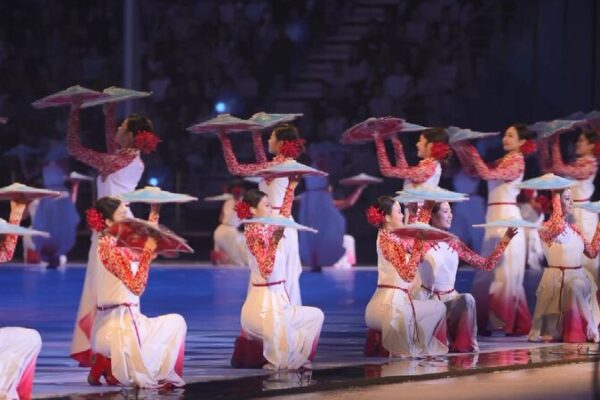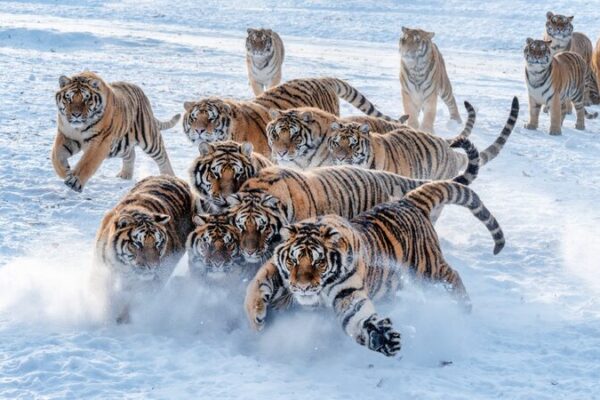In northeast China’s Heilongjiang Province, the evolution of mascots tells a compelling story of transformation and commitment to sustainability. From “Doudou,” the lovable soybean, to “Binbin” and “Nini,” the spirited Siberian tigers, these symbols reflect the region’s journey from agricultural abundance to wildlife conservation.
The Soybean Legacy of “Doudou”
Back in 1996, when Heilongjiang hosted a major winter sports event, the mascot “Doudou” was introduced. Representing the province’s rich agricultural heritage, Doudou the soybean embodied the spirit of a region known as the “home of soybeans.” That year marked a significant milestone, with Heilongjiang celebrating a bountiful harvest, contributing substantially to China’s grain output.
A Shift Towards Conservation: “Binbin” and “Nini”
Fast forward to today, and Heilongjiang showcases “Binbin” and “Nini” as its mascots—playful representations of Siberian tigers. This shift symbolizes the province’s dedication to environmental stewardship and wildlife conservation. The names carry special meanings: “Binbin,” derived from “Harbin,” connects directly to the city, while “Nini,” meaning “you” in Chinese, extends a warm welcome to visitors.
Due to habitat destruction and illegal hunting, the population of Siberian tigers in the Chinese mainland had dwindled to perilous numbers by the end of the 20th century. In response, Heilongjiang undertook significant ecological efforts, establishing the Northeast Tiger and Leopard National Park. Spanning over 14,000 square kilometers, the park has become a sanctuary for these endangered species. Recent monitoring shows a promising resurgence, with increasing numbers of wild Siberian tigers and leopards thriving within its borders.
Embracing Ecological Responsibility
Heilongjiang’s commitment extends beyond wildlife conservation. The province has transformed its forest management practices, notably following the comprehensive ban on commercial logging in 2014. This initiative expanded key state-owned forest areas and boosted forest stock, restoring ecological balance and fostering habitats for hundreds of terrestrial wildlife species.
These efforts have also spurred significant growth in eco-tourism. Visitor numbers in regions like the Greater Hinggan Mountains have surged, contributing to the local economy and raising awareness about environmental preservation.
Leveraging Ice and Snow Resources
Capitalizing on its natural assets, Heilongjiang is actively developing its ice and snow industry. By hosting winter sports events and promoting related tourism, the province is driving economic growth while showcasing its commitment to sustainability.
A Symbolic Transformation
The journey from “Doudou” to “Binbin” and “Nini” is more than just a change in mascots—it’s a narrative of resilience, growth, and a dedication to ecological responsibility. As Heilongjiang continues to evolve, these mascots stand as vibrant testaments to the province’s rich history and its aspirations for a sustainable future.
Reference(s):
cgtn.com








